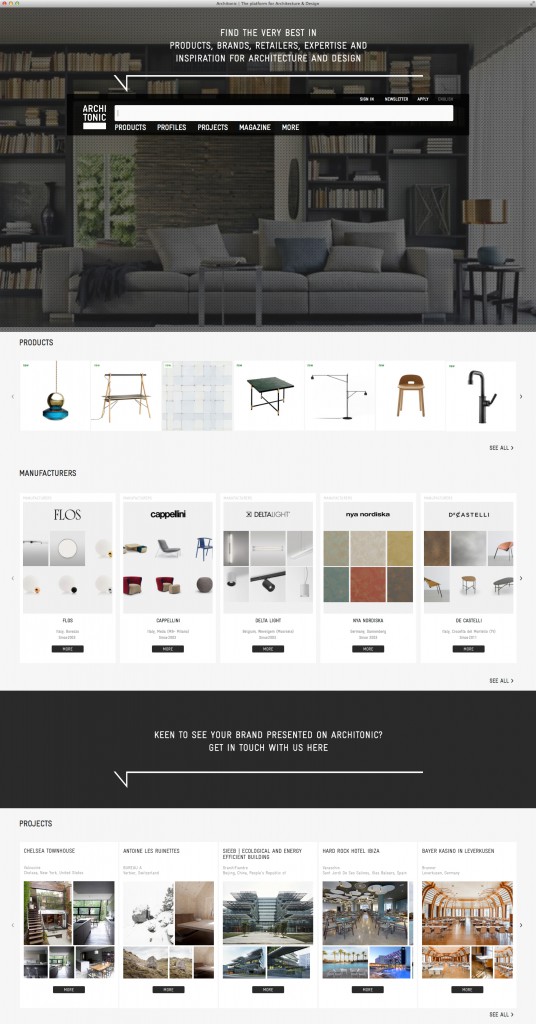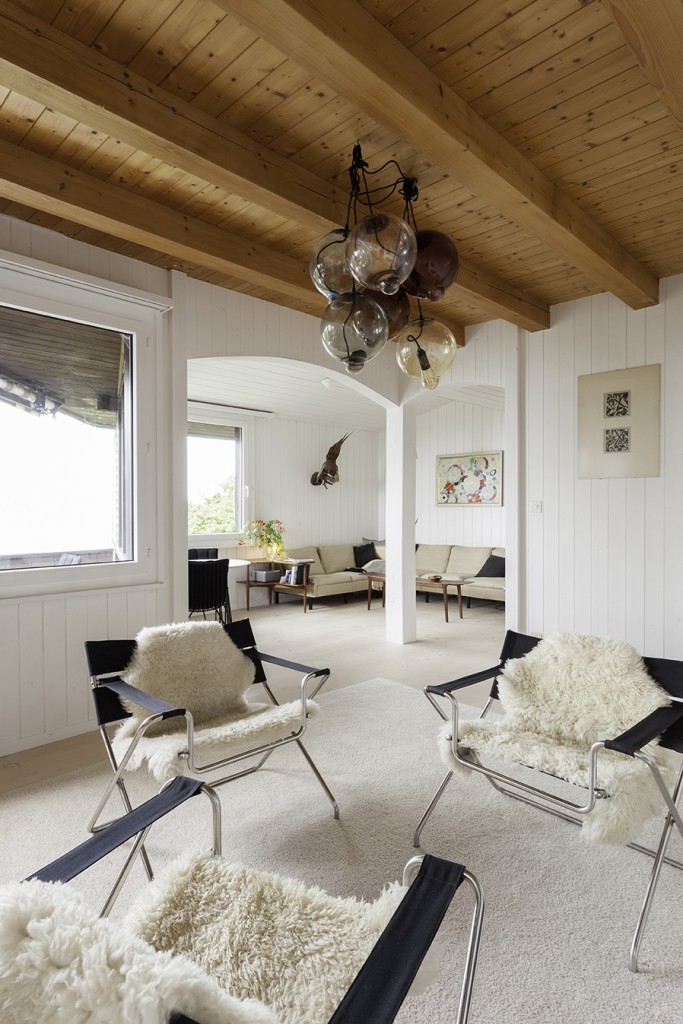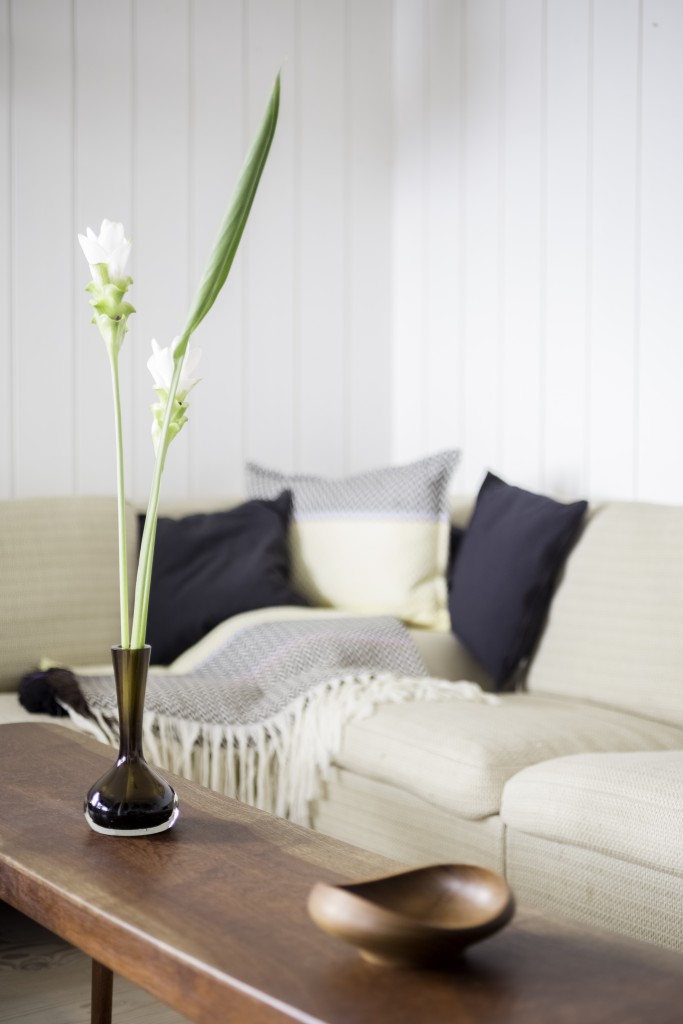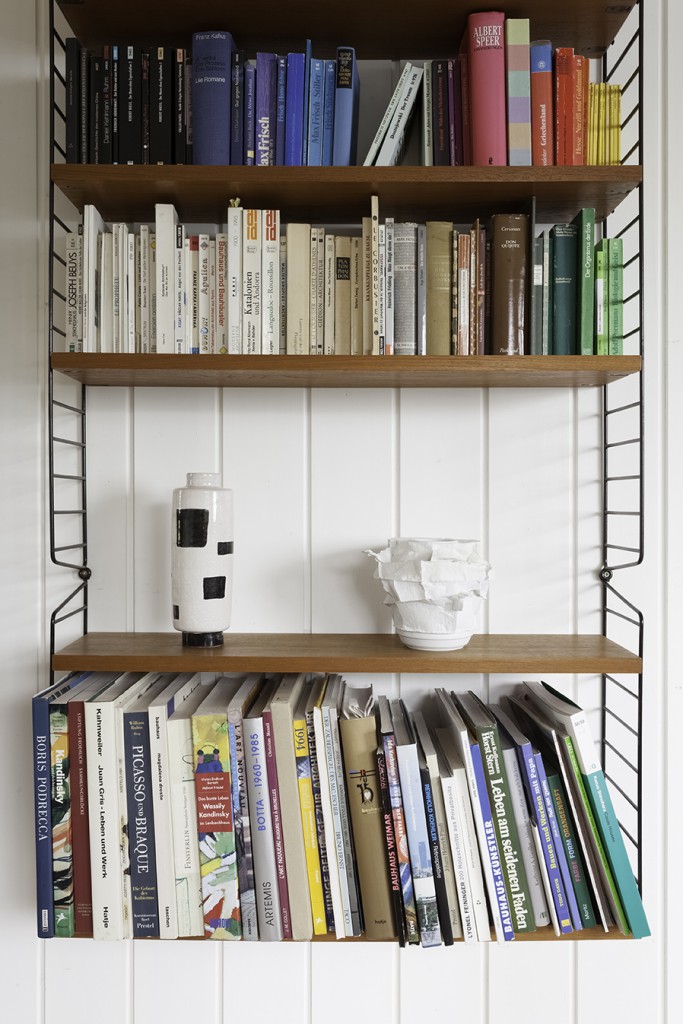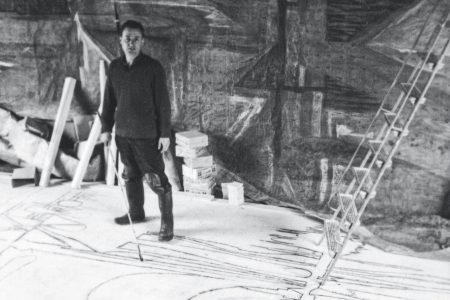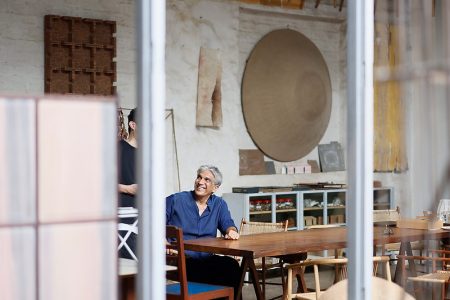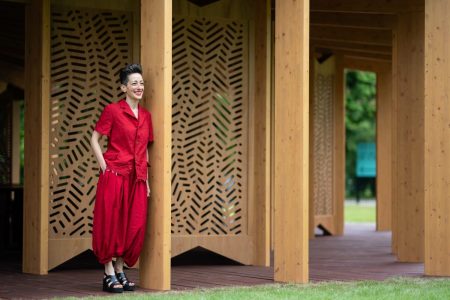Architonic
By filling a void, design agora Architonic has grown into an empire since first going live in 2003. Forged as the brainchild of Nils Becker and Tobias Lutz, the Zurich-based online resource now welcomes millions of visitors per year. Both founders are still at its helm, weeding through the haystack that is the global furniture, fittings and materials industry. Other Architonic ventures range from original to shared journalistic content published on the Dailytonic platform or in fair guides. Recent developments have included a collaboration with virtual reality service Design Connected. A holistic vision – one that values context over isolated product profiles – allows an in-house IT and marketing team to work as attuned mediators between major design brands, manufacturers, architects and media partners. TLmag spoke to Lutz about Architonic’s background, motivation and continued aspirations.
TLmag: Having studied architecture, did you and Nils practice before establishing Architonic?
Tobias Lutz: As students at ETH Zurich, we were taught by Frank Gehry, Daniel Libeskind and Marc Angélil. When embarking on our first projects and competitions, we found that we were missing a tool that would allow us to research materials and products easily. Back then, Nils has already amassed a huge collection of books and magazines. He had catalogued them digitally. This resource helped us throughout our studies. In 1999, the best result you’d get when researching suppliers was a list of addresses, or a shelf full of outdated catalogues. Our first practical experiences eventually pushed us to break out and create a tool for the architecture community. Nils and I decided to build our own digital product library. As a second step, we discovered that our new resource could be a viable business.
TLmag: Describe what you each bring to the equation.
T.L.: Nils is more of a data architect and a content collector. He’s passionate about organising, structuring and making sense of information. Today, Nils is responsible for our main asset: the database and the editorial team. I take care of the business side of things: discovering new opportunities, establishing collaborations and finally, making sure that we can feed our team. We’re both people-persons, which accounts for our success. Architonic is not just virtual since we need to build relationships with different partners. We use
digital technology to mirror our network – a who’s who of architecture and design – and throw parties to solidify this role. Less visible from the outside but just as important as Nils are our founding partners, brothers Dieter and Thomas Keist. They’re responsible for Architonic’s technology and make our ideas come to life.
TLmag: What initial characteristics did you want Architonic to take on?
T.L.: Since the very beginning, we’ve been about selection and quality. Every time a brand applies to present products on Architonic, we have to ask ourselves if they’re relevant to our audience. Of course we also spend time at fairs meeting people and discovering new brands and designers. In the end, we want to give our clients the right professional orientation and help them conduct research. It’s like at a trade show: if you visit the wrong halls, you waste time. The pre-selection we offer is one of the main reasons we’re so popular among architects, designers and planners operating on the high-end market.
TLmag: How does Architonic work?
T.L.: Our database consists of 300 thousand products, each of which can be specified thanks to our pre-selection and our ‘no copy’ policy. Our harmonised structure allows you to search for coffee tables with a ‘free-form’ top across all brands and find a homogeneous, visually-driven overview of all the offerings matching that criteria. Architonic not only covers furniture but everything from automated parking systems to ceramic facades. Users can download CAD files, PDF catalogues and find additional information on a product with our cross-linked content: references in articles and projects. Architonic is not just a database. We work hard to add value to products by providing information and inspiration on multiple levels.
TLmag: Why did you decide to expand into editorial content and further Architonic’s presence at major fairs with printbased guides?
T.L.: In January 2008, we introduced Architonic’s editorial section. In the spring of 2009, we introduced Dailytonic and in October 2010, Architectural Projects. At that point, the interactions and links between products, projects and articles began to build and expand the amount of information available on our website. Today, social media has taken over that role. We introduced printed fair guides in 2003 to help professionals navigate major events using our editorial pre-selection of exhibitors. Architonic come to life, so to speak.
TLmag: How have you grown over the past 13 years? What are your future goals?
T.L.: We started with a four-person team and no external capital. Instead we relied on the powerful community that surrounded us. Now in 2016, we’re 90-people strong and part of NZZ Mediengruppe (Media Group). This company’s strategy is international expansion with a specialisation in digital media. It’s important to have powerful partners who help take us to the next level. Nevertheless, it’s essential to maintain our original passion, values and party attitude. It’s a balancing act that we’re mastering quite well. There’s still huge untapped potential. That could be geographic, a matter of depth and reach or have to do with developments in other parts of the architecture and design ecosystem. The Architonic website is only one of many access points to our database. More than a 100 brand and retailer apps and websites source their data from us. Some people already refer to Architonic as the industry’s data hub, but honestly, there’s still a lot of work to be done to get the industry where we want it to be in terms of digital communications.
TLmag: On another note, could you describe your definition of the Swiss design identity and your own summer home?
T.L.: For many people, Swiss design is synonymous with reduction. The Modernist movement was extremely influential here. ETH Zurich adopted theses ideas early on and became one of the main international hubs for architecture. The same thing happened in furniture and graphic design, where Swiss Style has become a recognised term. Today, with international education and ever-expanding modes of communication, its hard to speak of a national identity. It has become a global village with different players drawing inspiration from each other. What remains are the specific materials and traditional skills of certain regions. My summer house on Lake Zurich is more conducive to this reality: combining contemporary design by renowned names with prototypes by young talents, not to mention found items. Still, you’d have no trouble recognising my personal preference for Scandinavian style.
